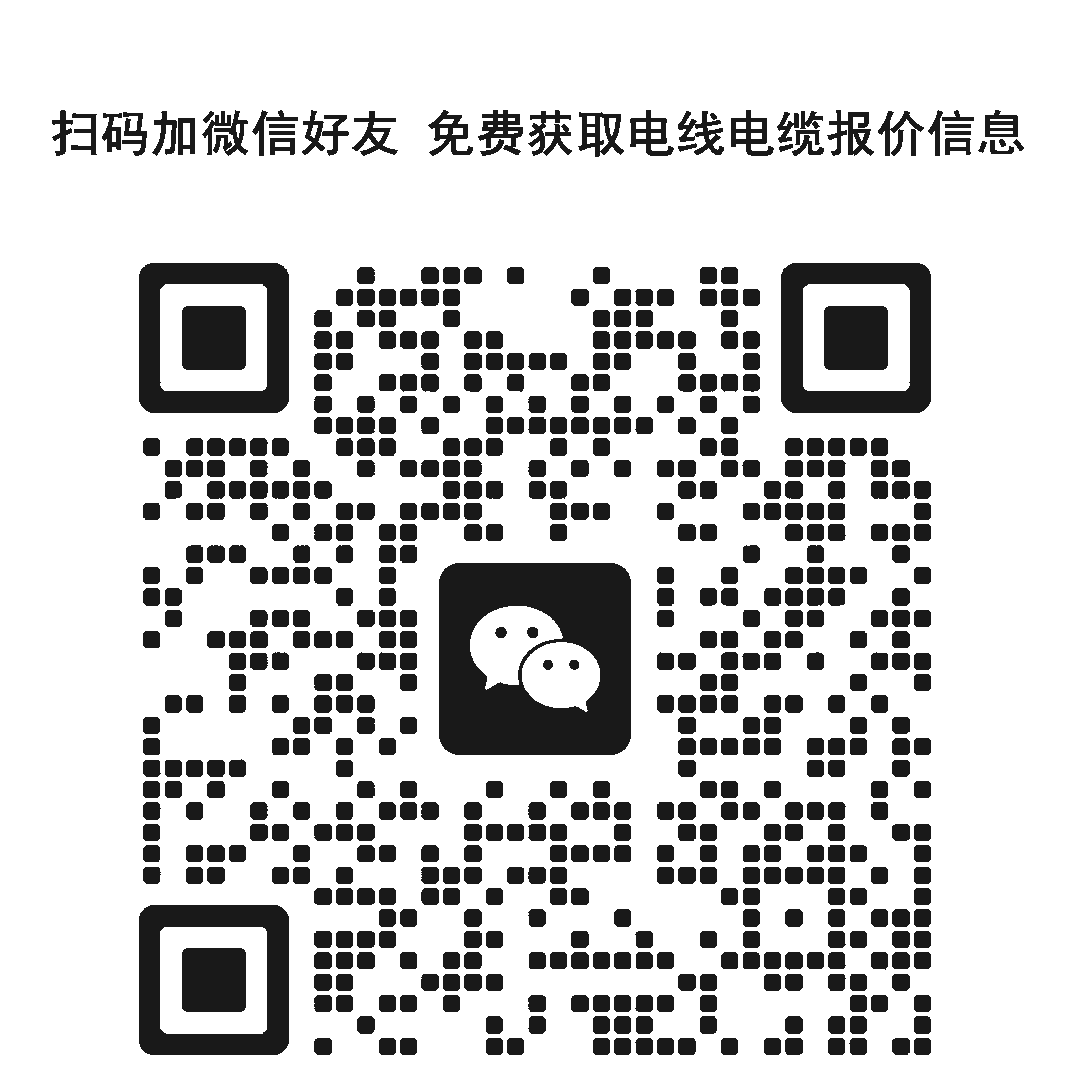“是什么意思”用英语怎么说?解析常见表达与使用场景

“What does it mean?” is a common question that people often ask when they encounter something they don't understand or want to know the significance of a particular word, phrase, action, or concept. It reflects our natural curiosity and the need to make sense of the world around us. In this article, we will explore the various aspects and implications of this question, as well as how it plays a crucial role in our learning and communication processes.
When we ask “What does it mean?”, we are essentially seeking clarification or interpretation. It could be about a specific word in a foreign language, a technical term in a particular field, a metaphor or symbol in literature, or even a behavior or gesture in a social context. The desire to understand the meaning behind these things stems from our human inclination to connect and make sense of the information we receive.
In language learning, “What does it mean?” is a fundamental question. When we come across a new word or expression, we need to know its definition and how it is used in different contexts. For example, if we encounter the word “equanimity” in a reading passage, we might ask ourselves, “What does it mean? What kind of state or attitude does it refer to?” By seeking the meaning, we can expand our vocabulary and improve our comprehension skills. This process of asking and seeking answers helps us build a more extensive and nuanced language system, enabling us to communicate more effectively with others.
In addition to language learning, “What does it mean?” is also relevant in various academic disciplines. In science, for instance, researchers often ask this question when studying a new phenomenon or theory. They want to understand the underlying principles and significance of what they are observing. In history, the quest for meaning leads historians to yze historical events, documents, and cultural artifacts to uncover the motivations and consequences of past actions. In philosophy, the question of meaning is at the core of many debates and discussions, as philosophers explore the nature of existence, morality, and the purpose of human life.
.jpg)
Moreover, “What does it mean?” is not only about understanding the literal or objective meaning but also about considering the subjective and cultural aspects. Words and concepts can have different interpretations depending on the context, culture, and individual perspectives. For example, a color like “red” may have different symbolic meanings in different cultures. In some cultures, it may represent luck or prosperity, while in others, it may be associated with danger or aggression. Understanding these cultural nuances is essential for effective cross-cultural communication and avoiding misunderstandings.
In social interactions, the question of meaning is also crucial. We often interpret the actions and words of others based on our understanding of their intentions and the social norms and expectations. For example, a smile can have different meanings depending on the situation and the relationship between the people involved. It could be a sign of happiness, friendliness, or even a disguise. By being aware of these potential meanings and communicating clearly, we can build better relationships and avoid conflicts.

However, it is important to note that not all meanings are straightforward or easily definable. Some things may be ambiguous or open to interpretation, and there may be multiple valid meanings depending on the context. In such cases, it requires careful ysis and consideration to arrive at a more accurate understanding. Additionally, the meaning of a thing can also change over time as society and culture evolve. What might have meant one thing in the past may have a different meaning today.
In conclusion, “What does it mean?” is a question that permeates many aspects of our lives. It is a fundamental part of learning, communication, and understanding the world around us. Whether it is in language, academia, social interactions, or beyond, the quest for meaning drives us to explore, question, and seek knowledge. By constantly asking this question and being open to different interpretations, we can expand our horizons and gain a deeper understanding of the complex and diverse nature of human experience.
